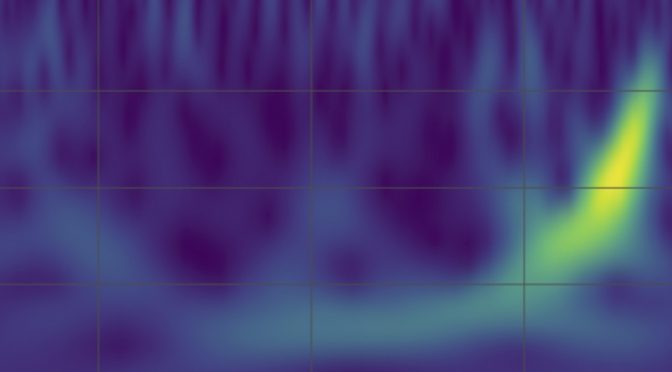
The first ever confirmed detection of gravitational waves has been announced by the Laser Interferometer Gravitational-wave Observatory (LIGO) at a press conference held in Washington DC at 10:30 EST on Thurday, 11 February 2016 .
LIGO’s detection of ripples in the fabric of spacetime has been heralded as one of the scientific breakthroughs of the century and promises to mark the dawn of a new science of gravitational-wave astronomy.
One hundred years on from Albert Einstein’s prediction in 1916 from his general theory of relativity that energy can be transported through ripples in spacetime as gravitational radiation, the signal detected by LIGO provides direct evidence that he was right.
It is believed that the signal originated from the merger of two black holes that had been orbiting their common centre of gravity in a binary system. Since no electromagnetic radiation would be able to escape from such an event, gravitational waves provide perhaps the best if not the only way for us to study such phenomena. The shape of the signal detected by LIGO agrees perfectly with the solutions to the mathematical field equations from Einstein’s general theory of relativity for such a binary black hole merger.
From the signal detected, it is possible to determine that the merging black holes had masses of around 29 and 36 times the mass of the Sun. The merger took place 1.3 billion years ago and relased a total of 3 solar masses in gravitational waves, with a power output 50 times greater than all the stars in the universe combined.
It is hoped that gravitational-wave astronomy will eventually also provide us with insights into the big bang and the creation of the Universe. Since gravitational waves pass unaffected through the clouds of dust and gas that obscure our view of much of the Universe in visible light and other wavelengths of electromagnetic radiation, gravitational waves could provide us with a new window onto the early Universe.
LIGO uses a laser interferometer to detect minute changes – just a fraction of the width of an atom – in the distance between the laser light’s source and its detector – separated by 4 kilometers – which are caused by distortions in spacetime from passing gravitational waves. There are two LIGO observatories, one in Livingstone Louisiana and the other in Hanford, near Richland, Washington, USA. Both LIGO observatories observed the same signal almost simultaneously, on September 14, 2015 at 5:51 a.m. Eastern Daylight Time (09:51 UTC), which not only provides proof that the signal was real, but allows the direction to the source of the gravitational waves to be triangulated.
LIGO first became operational in 2002, however, it wasn’t until the sensitivity of the LIGO observatories was improved in 2015 that the first gravitational wave was detected. LIGO is due to be upgraded further, until it reaches its full design sensitivity around 2021.
For more information, visit:
www.bbc.co.uk/news/science-environment-35524440
www.ligo.org/news/pressreleases.php#sthash.9qd96rCa.dpuf
www.ligo.org/science/Publication-GW150914/index.php
